

We won’t pretend to be fence lovers. For privacy, we prefer hedges because live shrubs are friendlier to neighbors, look better as a backdrop, and release oxygen into the atmosphere.
But sometimes you need a fence: to keep out deer, mask unsightly physical elements adjacent to your property, or protect toddlers from drowning in a swimming pool. Our Design Guides are here to help.
When a fence—and front gate—are the first thing visitors see, create curb appeal with our tips and design guidelines. We’ll help you choose the best height, style, and hardware (latches and hinges) to complement the architecture of your house. We polled members of our design directory come up with some tried-and-true Architects’ Secrets: 10 Ideas to Create Privacy in the Garden.
Start with a few basic design rules: a gate should be at least 3 feet wide to be comfortable to walk through (wider is preferable) and at least 3 feet high to create a visual barrier. A typical fence can be as low as a 3-foot picket fence designed to mark the perimeter of a property or as high as 6 feet for privacy. (Check your local municipality’s zoning code; the rules may vary.)
See some of our favorite designs: Iron Entryways with Curb Appeal, The English Garden Gate, 10 Ways, and Japanese-Style Fences and Screens.
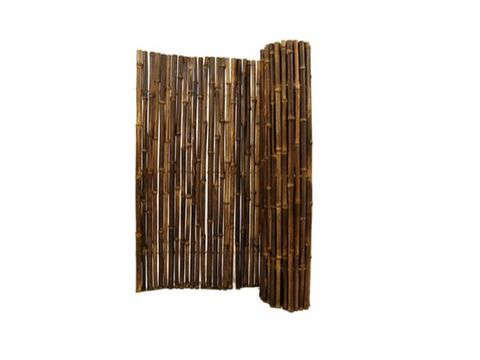
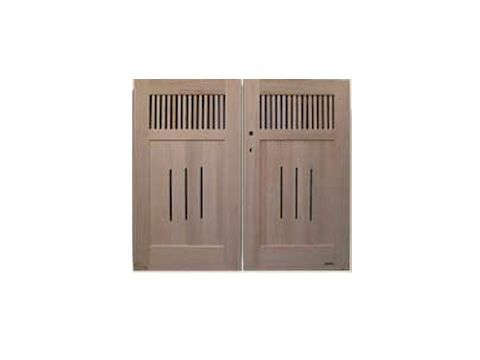
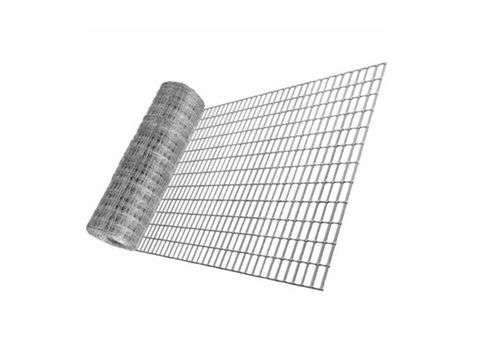
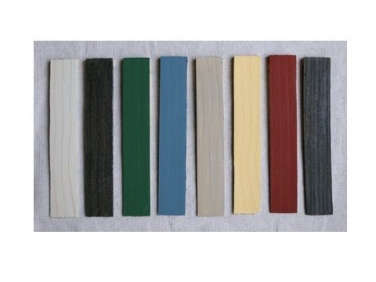
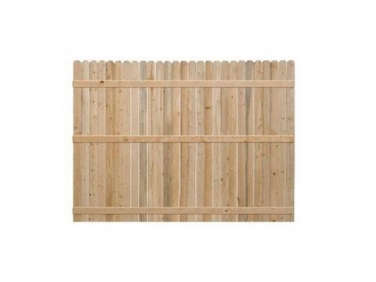
v5.0
When you register as a free Member of the Remodelista family of websites (Remodelista, Gardenista, and The Organized Home), you gain access to all current posts plus 10 archived posts per month, our internal bookmarking tool, and the community bulletin board.
Member benefits include:
For $5/month ($59.99 paid annually) you'll enjoy unlimited, ad-free access to Remodelista, Gardenista, and The Organized Home and all the benefits of Membership.
Subscriber benefits include:
For $5/month ($59.99 paid annually) you'll enjoy unlimited, ad-free access to Remodelista, Gardenista, and The Organized Home and all the benefits of Membership.
Subscriber benefits include:
Benefits include:
For $5/month ($59.99 paid annually) you'll enjoy unlimited, ad-free access to Remodelista, Gardenista, and The Organized Home and all the benefits of Membership.
Subscriber benefits include:
When you register as a free Member of the Remodelista family of websites (Remodelista, Gardenista, and The Organized Home), you gain access to all current posts plus 10 archived posts per month, our internal bookmarking tool, and the community bulletin board.
Member benefits include:
If at any time you want to become a Subscriber and enjoy unlimited, ad-free access to all our content, just go to the My Account link and choose Subscribe.
Advertising funds our work at Gardenista and helps us provide you with a daily dose of garden inspiration & design. We hope you’ll consider disabling your adblocker for Gardenista so we can continue our mission: a well-designed garden for all.
Thank you for your support.